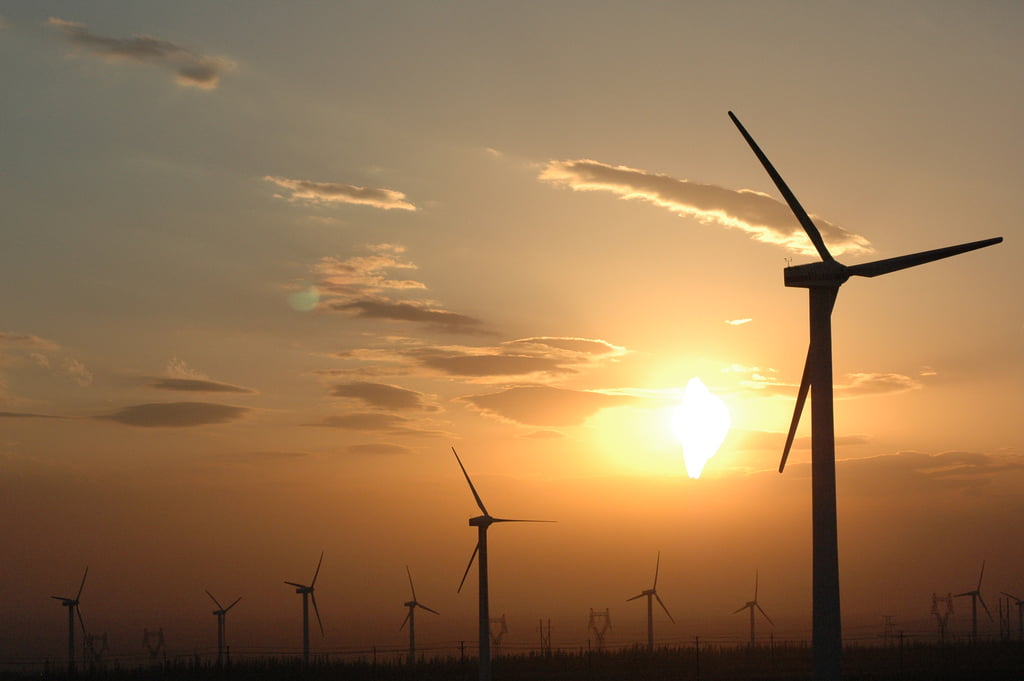Bad news for Asia and the Pacific: Not a single country in the region is on track to achieve any of the Sustainable Development Goals (SDGs) by 2030, a recent UN report has warned.
Although progress has been made on some fronts – namely toward ending poverty (SDG1), ensuring all have access to quality education and lifelong learning (SDG 4) and delivering affordable and clean energy (SDG7) – the report says it’s still not fast enough to achieve the targets by 2030. For more than half of the goals, progress has stagnated.
But even worse, the report reveals that the situation is actually deteriorating for three of the goals: clean water and sanitation (SDG 6), decent work and economic growth (SDG 8) and responsible consumption and production (SDG 12).


2019
Since 2000, progress on responsible consumption and production – “doing more and better with less” – has regressed the most of all the goals. In a prior report, the UN noted that the region’s rapid industrial growth into one of the largest markets in the world has largely been built on unsustainable consumption and production patterns that have worsened inequality, environmental degradation and vulnerabilities to climate change. In particular, the region needs to work toward sustainable use of natural resources, such as water and land, and managing chemical wastes. And it needs to do so before the pace of industrialization and urbanization in the region leads to irreversible environmental, economic and social damage. Improvements in these areas can also make a significant positive impact on global value chains, given the region’s massive role in global production and trade.
Despite overall massive economic growth in the region, the new report notes that more than half of total employment is in the informal sector. In other words, it’s not on the books and neither taxed nor monitored by the government. Among other concerns, informal work leaves a lot of room for exploitation. In Afghanistan, Nepal and Kyrgyzstan, for example, about 15 to 10 percent of children between the ages of 5 and 17 are engaged in child labor.
But across the region, the landscape also varies. Each of the five subregions shows uneven progress toward some goals and negative tends away from others.
For example, East and Northeast Asia – which includes China, Hong Kong, Macau, North and South Korea, Japan and Mongolia – is leading the region in its efforts toward no poverty and zero hunger (SDG 1 and 2 respectively). But it’s regressing when it comes to sustainable cities and communities (SDG 11), climate action (SDG 13) and protecting, restoring and promoting life on land (SDG 15).
North and Central Asia has actually made the most progress towards six of the SDGs: clean water and sanitation (SDG 6), reduced inequalities (SDG 10), responsible consumption and production (SDG 12), climate action (SDG 13), life below water (SDG 14) and peace, justice and strong institutions (SDG 16). The countries responsible for this progress include Russia, Armenia, Azerbaijan, Georgia, Kazakhstan, Kyrgyzstan, Tajikistan, Turkmenistan and Uzbekistan. However, they’ve slipped on gender equality (SDG 5), decent work and economic growth (SDG 8) and sustainable cities and communities (SDG 11).
On the other hand, the Pacific Islands, Australia and New Zealand are leading the pack on gender equality and sustainable cities and communities (SDG 5 and 11). They’re also making the most progress toward conserving life on land and strengthening partnerships for the goals (SDG 15 and 17). Still, they’re regressing in eliminating hunger (SDG 2), building industry, innovation and infrastructure (SDG 9), conserving life below water (SDG 14) and promoting peace, justice and strong institutions (SDG 16).
The South and Southwest Asia subregion (Afghanistan, Bangladesh, Bhutan, India, Iran, Maldives, Nepal, Pakistan, Sri Lanka and Turkey) is forging ahead toward good health and well-being and decent work and economic growth (SDG 3 and 8). But it’s backsliding on clean water and sanitation (SDG 6), responsible consumption and production (SDG 12) and climate action (SDG 13).
Finally, Southeast Asia – which includes Brunei, Cambodia, Indonesia, Laos, Malaysia, Myanmar, Philippines, Singapore, Thailand, Timor-Leste and Vietnam – has made the most improvements on providing quality education, ensuring access to affordable and clean energy and building industry, innovation and infrastructure (SDG 4, 7 and 9). The situation on decent work and economic growth (SDG 8), climate action (SDG 13) and peace, justice and strong institutions (SDG 16) is regressing, though.
With such a bleak outlook overall for the region, is it even possible to achieve the SDGs?
According to the report, strengthening on two key areas of focus can make a massive difference: environmental protections and the means of implementing the Goals (SDG 17). Strengthening environmental protections could address many of the negative trends plaguing the region, including unsustainable food production, water scarcity, non-renewable energy, hazardous waste generation, reduction of forests and biodiversity and climate change.
But on a broader scale, the report says that whether the region builds up global partnerships and the means of implementing the Goals will make or break their ability to achieve any of them. This includes tax revenue, debt sustainability, sound policy, technology, favorable trade conditions and international cooperation. At the end of the day, no one country, or region even, can achieve the SDGs on their own. It’s a global effort that requires global partnerships.
